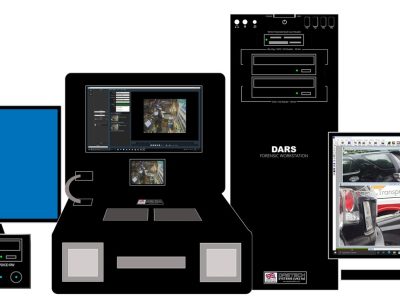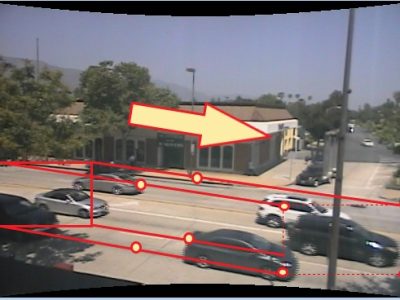Interpreting data from traffic surveillance analysis software is essential for understanding traffic patterns, identifying trends, and making informed decisions to optimize traffic flow and improve safety. Here’s a guide on how to effectively interpret data from traffic surveillance analysis software:
1. Familiarize Yourself with Data Sources and Metrics
Before diving into data interpretation, familiarize yourself with the data sources and metrics provided by the traffic surveillance analysis software. Understand the types of data collected, such as vehicle counts, speed measurements, traffic volumes, and incident reports. Additionally, grasp the significance of key metrics like average speed, congestion levels, occupancy rates, and queue lengths.
2. Identify Traffic Patterns and Trends
Analyze the data to identify recurring traffic patterns and trends over different time periods (e.g., hourly, daily, weekly, seasonal). Look for patterns in traffic volume, congestion hotspots, peak travel times, and fluctuations in traffic flow. Understanding these patterns will help you anticipate traffic conditions and implement proactive measures to manage congestion effectively.
3. Monitor Key Performance Indicators (KPIs)
Keep a close eye on key performance indicators (KPIs) to gauge the effectiveness of traffic management strategies and interventions. Monitor metrics such as average travel time, vehicle throughput, intersection delay, and incident response time. Compare KPIs against established benchmarks or performance targets to assess performance and identify areas for improvement.
4. Analyze Incident and Event Data
Examine incident and event data to identify traffic disruptions, accidents, road closures, and other incidents that may impact traffic flow. Analyze the severity and duration of incidents to understand their impact on congestion levels and travel times. Use this information to optimize incident response protocols and improve overall traffic management efficiency.
5. Utilize Visualization Tools
Take advantage of data visualization tools provided by the traffic surveillance analysis software to gain insights from complex datasets. Visualize traffic flow patterns, congestion levels, and incident locations using graphs, charts, heatmaps, and GIS mapping tools. Visualization enhances data interpretation by presenting information in a clear, intuitive format that facilitates decision-making.
6. Compare Historical Data
Compare current data with historical data to identify trends, changes, and anomalies over time. Look for seasonal variations, long-term trends, and changes in traffic patterns due to factors such as road construction, weather conditions, or changes in transportation policies. Analyzing historical data provides valuable context for understanding current traffic conditions and predicting future trends.
7. Incorporate External Factors
Consider external factors such as weather conditions, special events, public holidays, and construction projects when interpreting traffic surveillance data. These external factors can significantly impact traffic flow and congestion levels. Analyze how these factors influence traffic patterns and adjust traffic management strategies accordingly to minimize disruptions.
8. Collaborate and Share Insights
Collaborate with other stakeholders, such as transportation agencies, law enforcement, and city planners, to share insights and coordinate efforts in managing traffic. Sharing data and insights facilitates a holistic approach to traffic management and enables more effective decision-making. Collaborative efforts can lead to innovative solutions and improved traffic management outcomes.
Conclusion
Interpreting data from traffic surveillance analysis software requires a combination of technical expertise, analytical skills, and domain knowledge. By familiarizing yourself with data sources and metrics, identifying traffic patterns and trends, monitoring key performance indicators, analyzing incident data, utilizing visualization tools, comparing historical data, incorporating external factors, and collaborating with stakeholders, you can effectively interpret traffic surveillance data and make informed decisions to optimize traffic flow, enhance safety, and improve overall transportation efficiency.











Comments